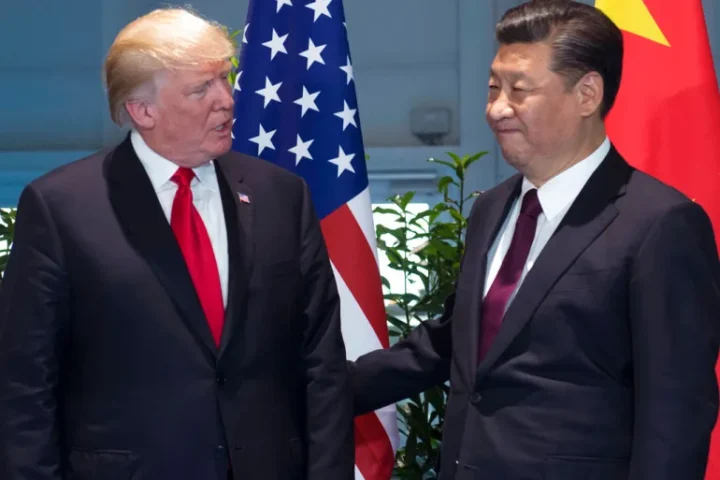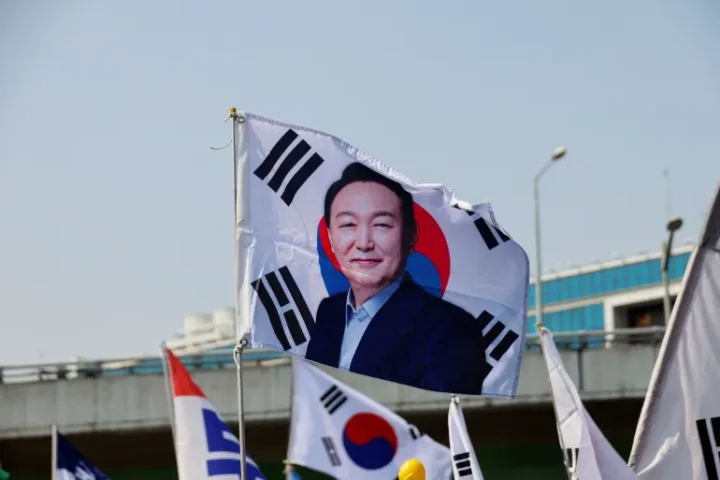This year’s Nobel Prize in Physics rewards experiments with light that capture “the shortest of moments” and opened a window on the world of electrons.
The award goes to Pierre Agostini, Ferenc Krausz and Anne L’Huillier.
Their work demonstrated a way to create extremely short pulses of light that can be used to capture and study rapid processes inside atoms.
The winners will share prize money of 11m Swedish krona (£824,000).
The Royal Swedish Academy of Sciences said the three laureates’ experiments produced “pulses of light so short that they are measured in attoseconds”.
One attosecond is a quintillionth of a second – it is to a second what one second is to the age of the Universe.
This work demonstrated that these almost unimaginably short pulses – like an ultra high-speed shutter – could be used to study how electrons behave.
Electrons are particles inside atoms and they move incredibly fast – in billionths of a second. Prior to the laureates’ breakthroughs, they effectively appeared as blurs under the most advanced microscopes – their movement and behaviour was too rapid to follow.
Eva Olsson, chair of the Nobel Committee for Physics, said: “We can now open the door to the world of electrons. Attosecond physics gives us the opportunity to understand mechanisms that are governed by electrons.”
“Attosecond physics” is bringing important processes inside atoms and molecules into sharper focus. The development is likely to lead to even more accurate electron microscopes, much faster electronics and new tests able to diagnose diseases at a much earlier stage.
‘It’s incredible’
Prof L’Huillier, who is based at Lund University in Sweden, is only the fifth woman to win a physics Nobel. On a line that dropped out briefly – and sounding somewhat dazed – she addressed the press conference at the Royal Swedish Academy.
“It’s incredible,” she said. “There are not so many women that get this prize – so it’s very, very special,” she said.
She explained that the Nobel Committee had called three times before she answered the phone. “I was teaching,” she said, joking that the last half-hour of her lecture, after she found out, was “quite difficult”.
Prof Pierre Agostini is based at Ohio State University in the US, Prof Ferenc Kraus is at Max Planck Institute of Quantum Optics in Germany.






